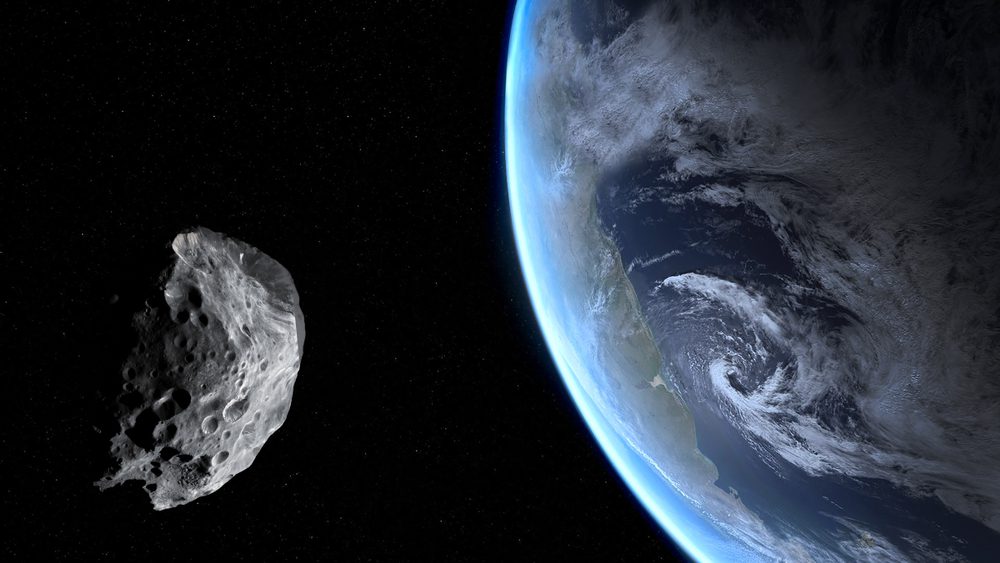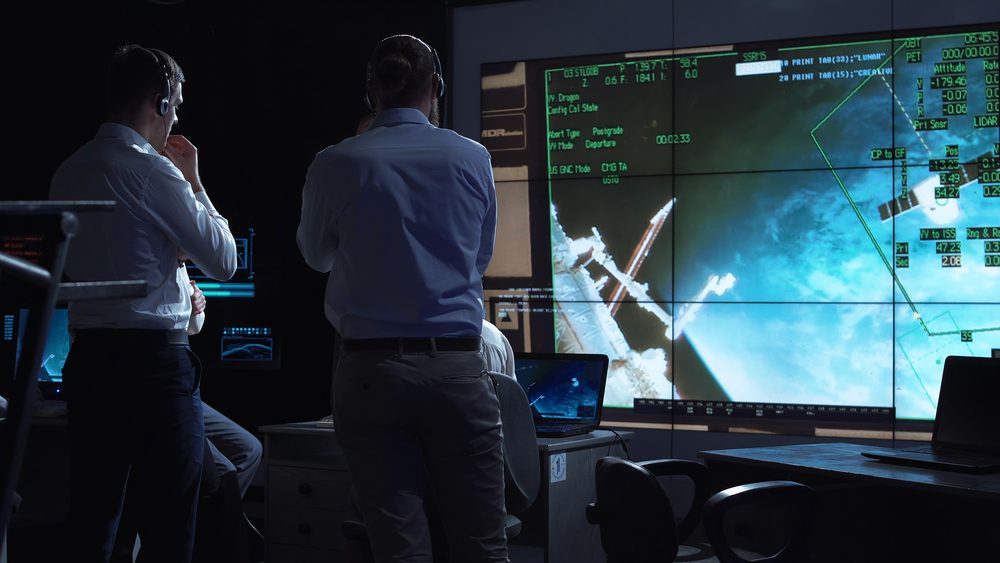We’ve all seen the sci-fi thrillers: an asteroid comes crashing to the Earth and the world erupts into mass chaos and destruction. Either that or an alien infestation. Though some of these scenarios are more realistic than others, NASA has committed to taking new steps to make sure none of them become a reality.

In a new plan that will take place over the next ten years, NASA has outlined five major objectives to help them stop potentially harmful asteroids. The first goal is that NASA will direct a new effort to enhance the nation’s capabilities of locating, tracking and characterizing near-Earth asteroids. NASA already has programs dedicated to this, including Catalina Sky Survey and the STARRS1 telescope. While the initiative doesn’t specify setting up new bases, it recommends finding areas to improve on those already in place.
The second initiative is to improve the “modeling, prediction, and information integration,” or in other words to develop programs to help predict the likelihood that an asteroid will hit the Earth.
The third objective is to find new ways of deflecting or redirecting incoming asteroids. They’re expected to launch the Double Asteroid Redirection Test (DART) in 2021 to see what effect kinetic impact will have on an asteroid.

The fourth is the goal of increasing international cooperation and help prepare other countries for a potential asteroid strike. In an interview with Space, Aaron Miles, a senior policy adviser with the White House, stated, “This kind of cooperation is really important. It’s a global hazard that we all face together, and the best way to approach and address that hazard is cooperatively.”
Finally, goal number five is to come up with an action plan for if a large asteroid is heading toward Earth. This involves strengthening emergency and action protocols. Here’s hoping this new action plan prevents us from living out the plot of Armageddon.




